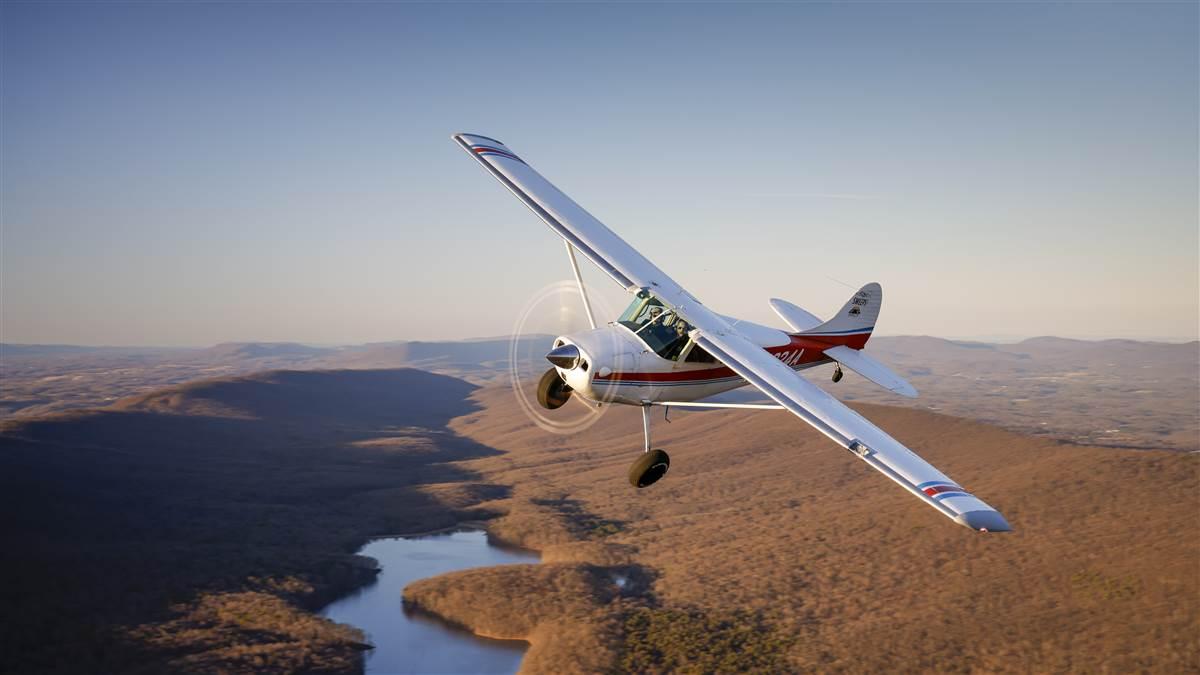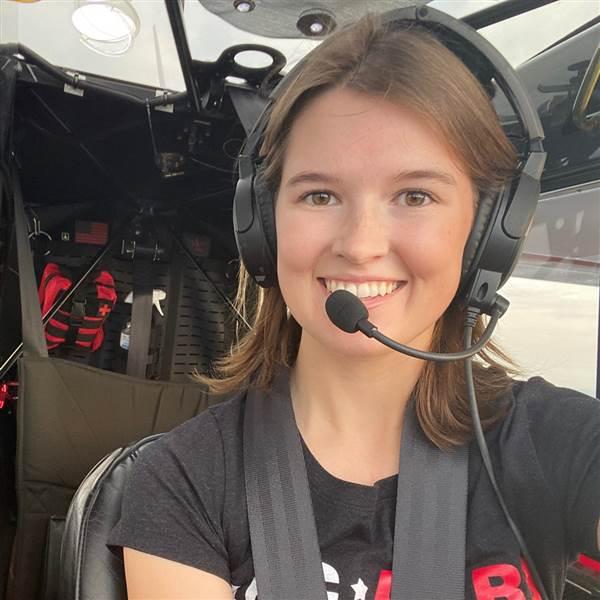First flight of the 170B
Transformed into a real backcountry beast

“We aren’t messing around here,” Dave Stoots told me. A new 195-horsepower Continental Prime IO-370 engine, Hartzell Trailblazer propeller, Sportsman STOL wing cuffs, and other airframe modifications have been installed on your sweepstakes Cessna 170B at Barnstormer’s Workshop at Peach State Aerodrome thanks to Stoots, who specializes in Cessna 170, 172, and 175 engine conversions.
After several days of hanging around the airport, waiting for the word that the airplane was ready to fly, I received the “We’re ready” call on a day I had not gone down to the airport. “You better get down here, we’re flying it this morning to beat the weather,” Stoots said. After I informed him I had a meeting I couldn’t miss, he replied, “Well then you’re going to miss the first flight.” Needless to say I canceled that meeting.
Parker Thaxton, a commercial pilot with nearly 1,000 hours in Cessna 170s and 180s, familiarized me with the stock Cessna 170 when AOPA purchased the airplane this past summer. In my mind, he was always the one to pilot the first flight with the new engine and propeller.
“Let’s do this,” exclaimed Thaxton as he climbed in and shut the door.
With Stoots in the right seat to monitor temperatures and other technical aspects, Thaxton taxied to the end of the runway and conducted a runup after allowing the airplane time to warm up. Thaxton applied full power, and the 170 leapt off the ground in a way I had never seen the airplane take off before. This 170 was anything but the meek, underperforming taildragger we had once known. Thanks to Stoots and the entire team at Barnstormer’s Workshop, it has been transformed into a real backcountry beast.
“It was pretty fun,” Thaxton said after the successful half-hour flight. “We climbed up to 3,000 feet and I got to see what it’ll really do. There’s a big difference between [my family’s] 145-horsepower O-300 and the Continental Prime IO-370. It’s like comparing a VW Bug to a drag car. It’s a completely different airplane.”
“[The flight] went extremely well, just like I expected,” Stoots said. “All the temperatures were in the green and fuel flow was normal for the power settings, cooling was good, the oil temperature was good, speeds were good, pilot was happy, that’s what counts.”



